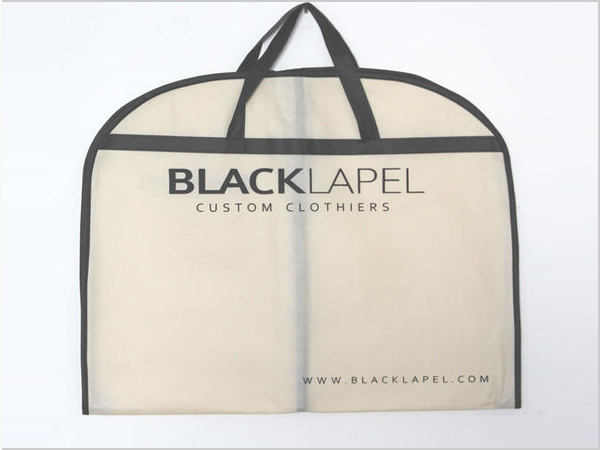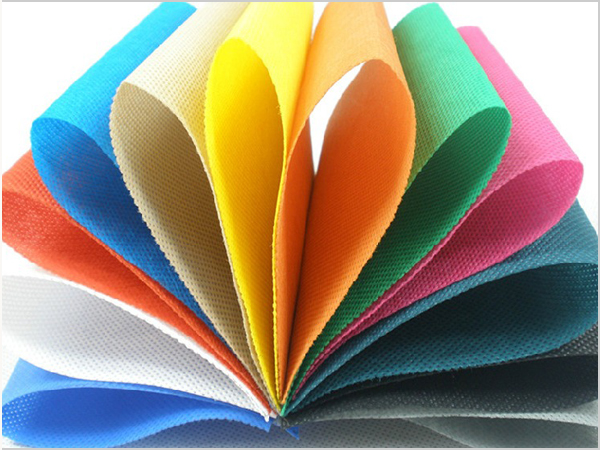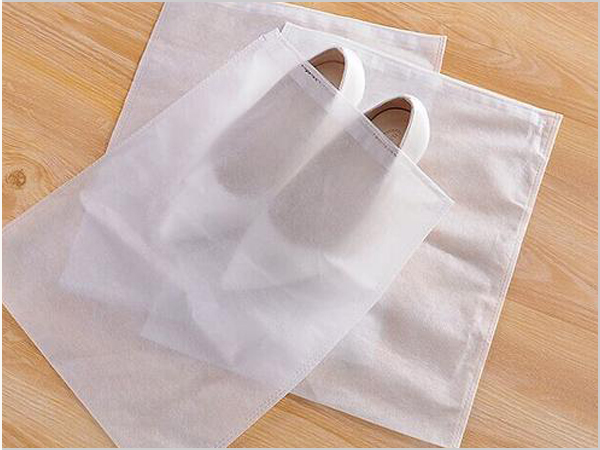- Why can spunbond nonwoven fabric dominate the market?
- Foreign trade exports are moving forward under pressure, with both resilience and challenges coexisting
- Explore the environmental protection characteristics and application fields of PP non-woven fabric
- The rise of the Latin American market is expected to become a new growth pole for China's textile foreign trade
- The production process of spunbond nonwoven fabric determines its unique characteristics!

- Telephone: 0551- 66779966
- Cellphone: 18955130444
- Email: 58792982@qq.com
- Address: Building 1-2, East of Wubu Village Section, Hehuai Road, Wushan Town, Changfeng County, Hefei City, Anhui Province
This week, a research team from China Cotton Information Network came to Linqing County, a famous cotton textile county in China. Local textile mills mainly produce pure cotton yarn, ranging from low-count air spinning to medium-high-count ring spinning, with a total production capacity of more than 3 million spindles. Although affected by the epidemic this year, the overall business situation is not as good as last year, but the specific situation of each company is different, with obvious differences. Individual companies face bankruptcy or temporary suspension of work, and some companies can maintain healthy operations. The two larger local textile companies visited by the editor today are the latter. The scales of these two are about 300,000 spindles and 600,000 spindles respectively, and the industrial chain is relatively complete, including spinning, weaving, and printing and dyeing. Although it is difficult for an enterprise to survive the current situation, it still maintains its full capacity in the cotton spinning sector, and downstream printing and dyeing operations are also operating at more than 70%. Both of them are export-oriented enterprises, and the overall export situation is limited compared with previous years. One is within about 20% of the decline, and the other is almost the same. Compared with other companies, it is not as bad as everyone expected. So what are their experience and magic weapons worth us to learn from? These two companies share the following characteristics:
First, the whole industry chain model
The current sadness of China’s spinning enterprises is related to China’s textile structure. The front end is large and the back end is small, the yarn link is overcapacity, and the homogeneity is more serious. As a result, there is a big price war with each other. The cotton price has rebounded by about 1,000 yuan/ Ton, the price of cotton yarn has not improved due to fierce competition, causing the entire spinning link to be at a loss or flat.
Due to the environmental protection control in the past two years, there are shortcomings in the domestic printing and dyeing process. Because these two companies have successfully extended to weaving and printing and dyeing, they have formed their own cost and scale advantages, which have effectively improved their competitiveness and profitability. Most of the yarns in the spinning link are also used for personal use. Only a small amount of medium and high counts are sold externally. The yarn structure is adjusted in time according to market conditions, which moderately increases the proportion of blended yarns. Therefore, the finished yarn inventory is relatively low, all in Within 15 days, but also slightly higher than the same period last year.
Second, the product has a certain degree of differentiation
Although the terminal products of these two textile companies are mainly exported, the anchored export market is not Europe and the United States, but the printed fabric market in Africa. One of them accounts for about 20% of the total printed cloth exported to Africa. Under the influence of the new crown epidemic this year, the European and American markets have shrunk sharply, but the rigid demand in the African market is relatively stable. The environmental protection process of African printed cloth is relatively difficult to pass, so it has a certain threshold. There are not many domestic enterprises entering, so profits and sales are relatively stable.
Third, strengthen internal strength training
The external environment is complex and the uncertainty increases. It is particularly important for companies to "train their internal skills". Enterprises have made great efforts to reduce costs and energy consumption, and at the same time, they have added some diversified varieties suitable for domestic demand to seize part of the domestic demand market. "Eggs cannot be put in a basket". Over-reliance on any market is risky. Although the African market is relatively stable, there is the possibility of the impact of the epidemic and other factors in the future. Therefore, the two companies are also working hard. To explore new markets and open up new development space.
The textile industry is related to the national economy and people's livelihood, and is also an important industry for stabilizing employment and foreign trade. "Single filament is difficult to form a thread." Although the state has issued a series of policies to solve some of the problems of enterprises, the problem of difficult and expensive loans for textile enterprises still exists. Enterprises also hope that the government can introduce more assistance policies to help enterprises Overcome difficulties faster.
- Why can spunbond nonwoven fabric dominate the market?
- Foreign trade exports are moving forward under pressure, with both resilience and challeng
- Explore the environmental protection characteristics and application fields of PP non-wove
- The rise of the Latin American market is expected to become a new growth pole for China's
- The production process of spunbond nonwoven fabric determines its unique characteristics!
- The global trade landscape is undergoing significant changes in 2025
- The 11th China International Silk Conference was held in Shengze
- What are the core advantages of spunbond nonwoven fabric?
- What are the magical aspects of the manufacturing process of spunbond nonwoven fabric?
- The textile industry is enjoying dual policy benefits



